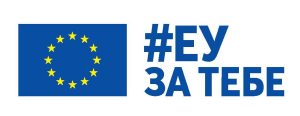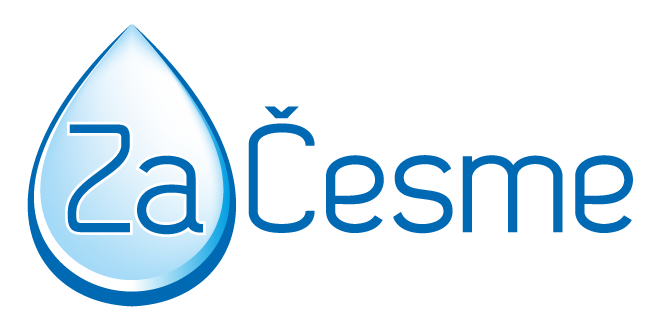
18/06/2023
Killing the Golden River

Pollution of the rivers around Bor by waste materials from Bor mines has been evident for decades, and a similar situation exists in the rivers around the mine in Majdanpek, which was once part of Mining Basin Bor, and today belongs to the new majority owner, Zijin Company. The Pek River, which is 129 kilometers long and flows through- the municipalities of Majdanpek, Kučevo, Golubac and Veliko Gradište, is made up of the waters of Mali (Little) and Veliki (Great) Pek, from which it originates.
The flotation lake on the South District has been a constant threat to the Peck River for decades. The biggest ecological accident happened half a century ago when the dam burst and tailings from the mine destroyed the living world in the river, which was recovering for decades. After the opening of the Northern District, a second flotation lake was formed in which, according to the authorities, there are about two million cubic meters of waste water contaminated with enormous amounts of toxic substances. Unfortunately, a new environmental incident occurred in March 2021 due to the uncontrolled discharge of waste water from “Copper Lake”.
The Little Pek partly flows through the mine. Next to the former “Veliko srebro” (Large silver) plant, the river becomes visible again, but also the large collector and pipes from where pollution is discharged into the Pek River are visible. After the accident in 2021, it turned out that the Little Pek was too small to receive a huge amount of wastewater.
Due to the alarming situation, the Renewable and Environment Regulatory Institute (RERI) reacted, which hired the Institute for Mining and Metallurgy in Bor to do analyzes of sludge from the Little Pek River at three locations. The results were frightening: the concentration of copper was 17 times higher than prescribed; arsenic 3.5 times and lead twice the permissible values. Because of this, RERI filed a criminal complaint against the mining company Zijin.
During the implementation of the project “Environmental response to mining expansion in Timočka Krajina” funded by the EU, implemented by the Association “Za Drinking Fountains” and partner organizations from Bor and Zaječar, the degree of pollution of the
watercourses near Bor and Majdanpek is specifically examined, through four cycles of sampling by an expert laboratory from Belgrade. Already the first two samplings have confirmed that the water in the rivers from which the Pek River originates, as well as the sediment in the river bed and on the coast, is loaded with high levels of heavy metals.
Following the flow of the Pek River, one can get to Kučevo, the municipality that was most affected by pollution in the spring of 2021. It was requested that the state react urgently, and the population was advised not to use the water from the river for crops and livestock watering. It was similar in the villages of Golubac and Veliko Gradište municipalities, through which the Pek River flows on its way to the Danube.
Environmental activists from Braničevo are the last defense of the Pek River, not only from pollution from the mine in Majdanpek, but also from local industrial plants and unscrupulous citizens who dump rubble and garbage in the river and near it.
The Pek River flows into the Danube in the village of Požeženo, near Veliko Gradište, and is considered one of the most polluted tributaries of the Danube. It is a sad picture of our reality, because this river, on its journey of just over 100 kilometers long, from its source to its confluence, undergoes transformation from a watercourse in which life flourishes to a dead river polluted by mining tailings, heavy metals, but also untreated waste water that they emit pollution from all the urban areas through which it flows.
Association “Za Drinking Fountains”
This text was produced within the project “Environmental response to mining expansion in Timočka Krajina” funded by the European Union, and implemented by the Association “Za Drinking Fountains”, the Association of Young Researchers Bor, Civic Library “Europe” Bor and Children’s Center Zaječar. The content of the text is entirely responsibility of these associations and do not necessarily reflect the views of the European Union.




